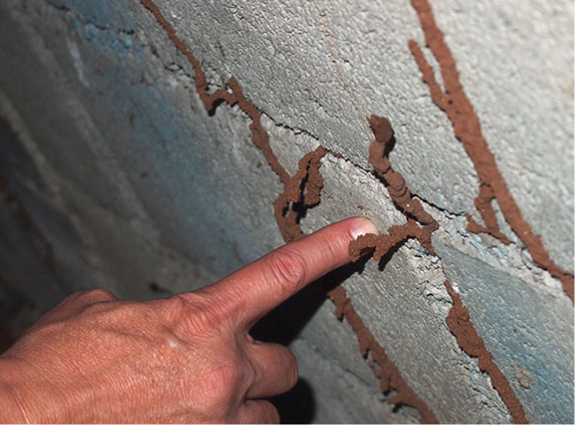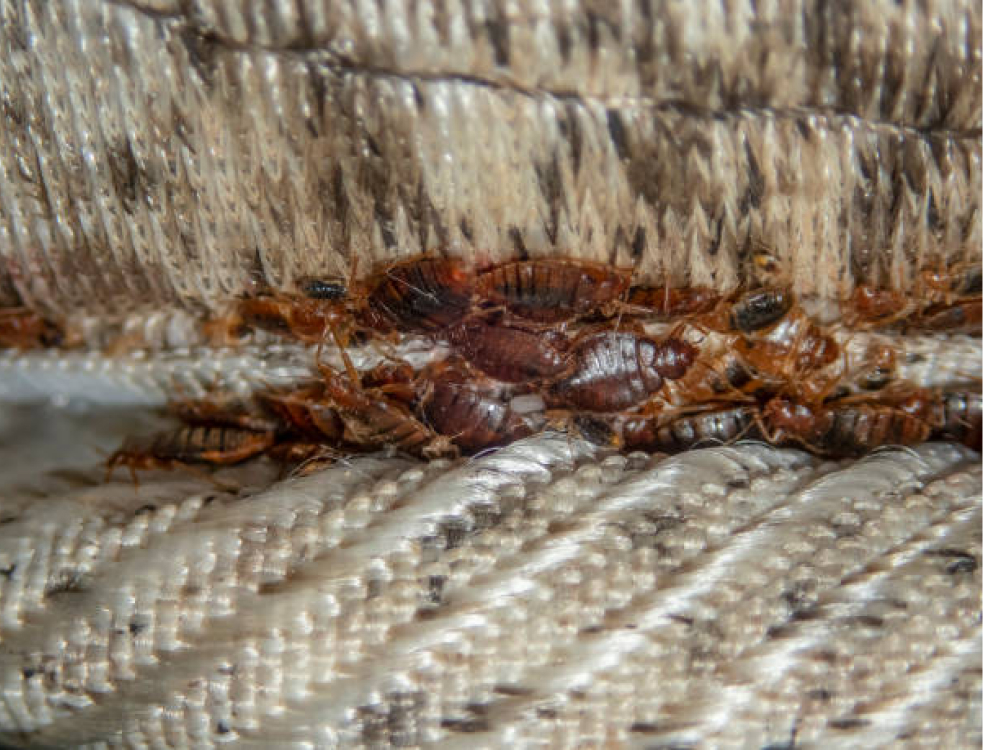Bedbugs, once a problem of the past, have made a resounding comeback in recent years, infesting homes, hotels, and even public spaces worldwide. These tiny, elusive insects are not just a nuisance; they pose significant health risks to those unlucky enough to encounter them. While the immediate concern of a bedbug infestation is often centred around property damage and discomfort, the health consequences of their bites should not be underestimated. In this comprehensive article, we delve into the lesser-known health risks associated with bedbug bites, exploring their physical, mental, and emotional toll on human health.
Understanding Bedbugs: The Stealthy Intruders
Before delving into the health risks of bedbug bites, it is crucial to understand the nature of these pests. Bedbugs, scientifically known as Cimex Lectularius, are small, wingless insects that feed exclusively on the blood of warm-blooded animals, primarily humans. Typically, being reddish-brown in colour and approximately the size of an apple seed, bedbugs are adept at hiding in cracks, crevices, and fabric folds during the day, emerging under the cover of darkness to feed on their unsuspecting hosts. Contrary to popular belief, bedbugs are not indicative of poor hygiene and can infest even the cleanest of environments.
The Physical Impact: Symptoms and Reactions
The primary method of survival for bedbugs is feeding on human blood. When a bedbug bites, it injects saliva containing an anaesthetic and anticoagulant to facilitate feeding without detection. While some individuals may not exhibit any noticeable reaction to bedbug bites, others experience a range of symptoms, including:
- Itching and Redness: The most common reactions to bedbug bites are itching and localized redness at the site of the bite. This itching can be persistent and may lead to secondary skin infections if scratched excessively.
- Swelling and Inflammation: In more severe cases, bites may result in pronounced swelling and inflammation, particularly if the individual has a heightened sensitivity or allergic reaction to the bedbug’s saliva.
- Bullous Skin Lesions: In rare instances, bedbug bites can trigger the formation of bullae, which are large, fluid-filled blisters on the skin. These lesions can be painful and may require medical attention.
- Anaphylaxis: Although exceedingly rare, some individuals may experience anaphylaxis—a severe, life-threatening allergic reaction—to bedbug bites. Symptoms of anaphylaxis include difficulty breathing, swelling of the face and throat, rapid heartbeat, and loss of consciousness, necessitating immediate medical intervention.
While the physical symptoms of bedbug bites are discomforting, the psychological and emotional toll of dealing with an infestation can be equally challenging.
The Psychological Impact: Anxiety, Stress, and Sleep Disturbances
The presence of bedbug infestation in the home can instil a profound sense of anxiety and stress in affected individuals. The constant fear of being bitten, coupled with the disruption of one’s sense of safety and security within their own dwelling, can lead to significant psychological distress. Moreover, the stigma associated with bedbug infestations may result in social isolation and feelings of shame or embarrassment.
Sleep disturbances are another common consequence of a bedbug infestation, as individuals may experience insomnia or restless sleep due to fear of nocturnal attacks. The psychological impact of sleep deprivation can further exacerbate existing mental health issues and impair cognitive function, ultimately affecting overall well-being.
Beyond the immediate physical and psychological effects, bedbug infestations can also pose long-term health risks if left unaddressed.
Long-Term Health Risks: Secondary Infections and Allergic Reactions
While bedbug bites themselves are not known to transmit diseases, the scratching of bitten areas can break the skin, increasing the risk of secondary bacterial infections such as cellulitis or impetigo. These infections can cause further discomfort and may necessitate medical treatment, particularly in individuals with compromised immune systems or pre-existing skin conditions.
Furthermore, repeated exposure to bedbug bites can sensitize individuals, leading to increasingly severe allergic reactions with each subsequent encounter. This heightened sensitivity may manifest as more pronounced swelling, itching, and inflammation, posing a greater risk of complications and requiring medical intervention.
Preventing and Managing Bedbug Infestations: Tips for Health and Well-Being
Given the potential health risks associated with bedbug bites, prevention and prompt intervention are essential for safeguarding one’s health and well-being. Here are some practical tips for bedbug proofing and managing bedbug infestations:
- Maintain Cleanliness: While bedbugs are not necessarily attracted to dirty environments, maintaining a clean and clutter-free living space can help reduce their hiding places and make detection easier.
- Inspect Second-hand Furniture: Before bringing used furniture or clothing into your home, thoroughly inspect it for signs of bedbugs, such as dark spots or shed skins.
- Use Protective Encasements: Encasing mattresses and box springs in bedbug-proof covers can prevent infestations and trap any existing bedbugs inside, ultimately aiding in their eradication.
- Regularly Launder Bedding and Clothing: Washing bedding, linens, and clothing in hot water and drying them on high heat can effectively kill bedbugs and their eggs.
- Seek Professional Treatment: If an infestation occurs, don’t hesitate to engage a licensed professional bed bug control service. DIY remedies may be ineffective and can exacerbate the problem.
Conclusion
In conclusion, while bedbugs may seem like mere nuisances, their bites can have significant implications for human health and well-being. From physical discomfort and allergic reactions to psychological distress and sleep disturbances, the health risks associated with bedbug infestations should not be underestimated. By understanding the symptoms, consequences, and preventive measures outlined in this article, individuals can better protect themselves and their loved ones from the detrimental effects of these silent invaders. Remember, early detection and swift intervention are key to mitigating the health risks posed by bedbug bites and reclaiming peace of mind in your home.
Furthermore, enlisting the services of a reputable pest control agency can provide invaluable assistance in dealing with bedbug infestations. Pest control professionals have the expertise and specialized tools necessary to accurately assess the extent of the infestation and implement targeted treatment strategies. Whether it’s employing heat treatments, chemical solutions, or other proven methods, pest control agencies can offer effective solutions tailored to your specific situation. Additionally, ongoing monitoring and preventive maintenance services can help ensure long-term protection against bedbugs and other pests, providing peace of mind for you and your family. Don’t hesitate to reach out to a trusted pest control agency if you suspect a bedbug infestation in your home. With their help, you can effectively address the problem and regain control over your living environment.







